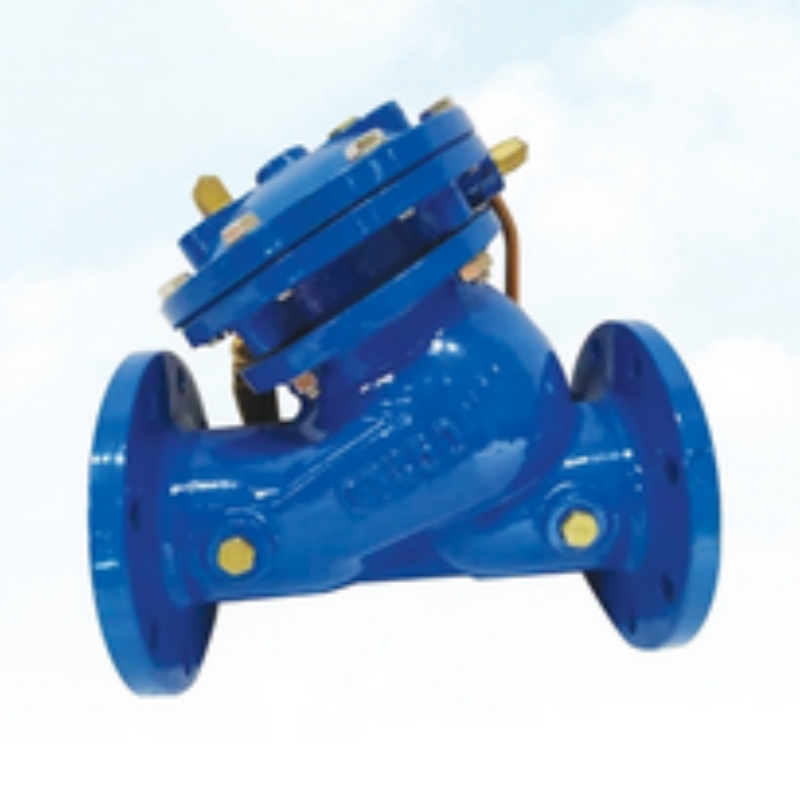Noy . 11, 2024 04:33 Back to list
Different Types of Ball Valve Body Designs for Various Applications
Understanding Ball Valve Body Types A Comprehensive Guide
Ball valves are an essential component in various piping systems, widely recognized for their ability to provide excellent flow control. The construction and design of a ball valve can significantly influence its performance, longevity, and suitability for different applications. One of the critical aspects of a ball valve is its body type. In this article, we will delve into the various types of ball valve bodies, their unique features, and their applications.
1. Floating Ball Valves
Floating ball valves are among the most commonly used types of ball valve bodies. In this design, the ball is free to float within the valve body. The movement of the ball occurs when the valve is operated, allowing it to contact the seats on either side. This mechanism ensures a seal is created when the valve is closed, providing a tight shut-off. Floating ball valves are typically utilized in low-pressure applications where the medium's flow velocity and pressure are not exceptionally high.
2. Trunnion Mounted Ball Valves
Trunnion mounted ball valves feature a distinct design where the ball is fixed at two points (trunnions), which helps maintain stability under high-pressure conditions. This type of valve is advantageous in high-pressure and large-diameter applications, as it can better handle the increased stresses. The trunnion design reduces the ball’s movement, minimizing wear and tear on the sealing surfaces. As such, trunnion mounted ball valves are often found in oil and gas industries, power plants, and large-scale industrial processes.
Full bore ball valves are designed with an opening that matches the pipeline’s diameter, allowing for unobstructed flow. This design minimizes pressure drop and is ideal for applications where maintaining flow is critical. Full bore ball valves are often used in applications involving fluids that require high velocity, such as natural gas and water treatment systems. Their ability to provide unrestricted flow makes them a preferred choice in many industrial processes.
4. Reduced Bore Ball Valves
ball valve body types

In contrast to full bore valves, reduced bore ball valves have a smaller opening, which results in a slight pressure drop. The design is efficient for applications where space is limited and where a slight reduction in flow is acceptable. Reduced bore ball valves are commonly used in smaller pipelines and various industrial applications. They are lighter and often less expensive than full bore designs, making them an attractive option when budget considerations are significant.
5. Metal Seated Ball Valves
Metal seated ball valves feature metal-to-metal sealing surfaces, which provide enhanced durability and performance in high-temperature and high-pressure environments. These valves are particularly useful in severe service conditions where other types of seals may deteriorate quickly. Metal seated ball valves are often employed in cryogenic applications, high-pressure gas handling, and situations where abrasiveness is a concern.
6. Soft Seated Ball Valves
Soft seated ball valves use materials like PTFE or other elastomers for sealing. These materials offer excellent sealing capabilities but may not hold up well under extreme temperatures or pressures as metal seats do. Soft seated valves are widely used in various applications, including water, chemical processing, and food production, where tight sealing is essential, and operating conditions are moderate.
7. Specialty Ball Valves
There are also specialty ball valves designed for specific applications. This includes multi-port ball valves that allow for the flow of media in multiple directions, reducing the need for complex piping systems. Additionally, some designs incorporate features like automatic actuators or remote operation capabilities, which enhance functionality in complex systems.
Conclusion
When selecting a ball valve for a specific application, understanding the various body types is crucial. Each ball valve design offers distinct advantages depending on the intended use, pressure and temperature conditions, and the nature of the media being controlled. By considering factors such as flow requirements, operational conditions, and maintenance needs, one can select the most appropriate ball valve body type. As industries continue to evolve, innovations in ball valve designs will further enhance performance, efficiency, and reliability across various applications.
-
Y Type Strainer Applications in Industrial Water FiltrationNewsJun.19,2025
-
Portable Welding Workbenches for On-Site ProjectsNewsJun.19,2025
-
Plug Ring Gauge Applications in Automotive Quality ControlNewsJun.19,2025
-
How to Calibrate a Precision Spirit Level for AccuracyNewsJun.19,2025
-
A Comprehensive Guide to Valve TypesNewsJun.17,2025
-
Precision Quality Control with Ring GaugesNewsJun.17,2025
Related PRODUCTS









